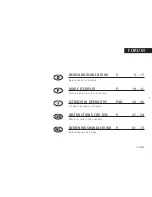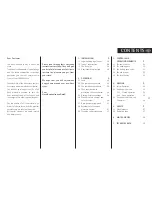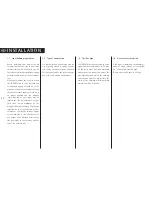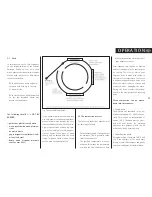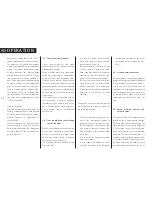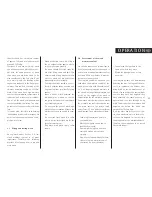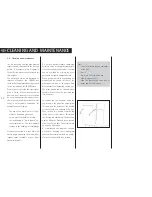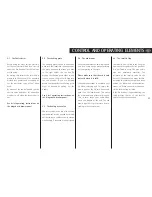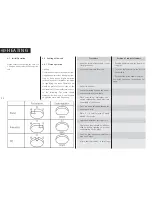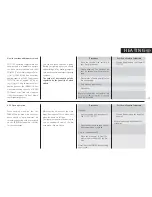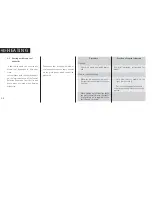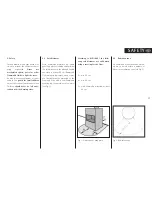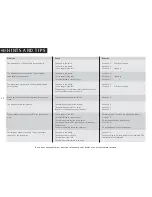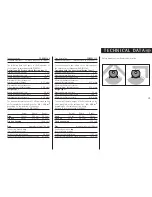
50
OPERATION
position. At temperatures over 150°C
the gas development increases strongly.
The proportion of volatile components
makes up around 80% of the wood sub-
stance. The actual combustion begins
with the ignition of the resulting gases
at a temperature of around 225°C (igni-
tion temperature) with the emission of
heat. There must be an adequate supply
of oxygen available for this purpose.The
peak of the combustion process is rea-
ched at a temperature of around 300°C.
The reaction is now so turbulent that
the largest amount of heat is released at
this point. Flame temperatures of up to
1100°C are possible.
3. Burn-off phase
Glowing charred wood remains after the
volatile components have been burned
off. This wood burns slowly and almost
without flames at a temperature of
approx. 800°C.
These processes do not only take place
consecutively in a wood fire, however,
but also simultaneously. The combustion
process is shown in the schematic dia-
gram (s. Figure 1).
2.3 The combustion products
From a chemical point of view wood
mainly consists of the elements carbon,
hydrogen and oxygen.
Wood contains almost no substances
which are critical from an environmen-
tal point of view, such as sulphur, chlo-
ride and heavy metals. Therefore after
the total combustion of wood the main
gaseous products are carbon dioxide and
water vapour as well as a small quantity
of wood ash which is the solid combus-
tion product.
If the wood does not combust fully on
the other hand, a series of pollutant
substances may be emitted, such as car-
bon monoxide (toxic), acetic acid, phe-
nols, methanol (toxic), formaldehyde,
soot and tar.
2.4 Your contribution to protecting
the environment
Whether your chimney stove burns in a
manner that is harmful to the environ-
ment or not depends to a large extent
on how you operate it and the type of
fuel you use (see Section 2.1).
The following hints are intended to help
you with this:
- Use only dry wood, leaf-wood like
birch and beech are most suitable.
(see Sections 2.6 and 2.7).
- Only use small pieces of wood to light
the fire. These will burn more easily
than large logs and the temperature
required for total combustion of the
wood will be reached more quickly.
- Do not place too much wood in the
stove at one time. It is better to add
smaller quantities more frequently.
The quantity of wood must always be
adjusted to the amount of heat
required.
The quality of the combustion process
can be checked very easily by means of
the following features:
-
The colour and characteristics of the
ash. If the combustion process is
good the result will be fine white ash.
Dark colouration indicates that the
ash contains charcoal residue. The
burn-off phase in this case has been
incomplete.
-
The colour of the flue gases emitted
from the chimney.
In this respect remember the follo-
wing: the less colour in the flue gases
emitted from the chimney, the better
the quality of the combustion pro-
cess.
2.5 Heating between seasons
Between seasons (in spring and autumn)
you may experience draught difficulties
in the chimney if the outdoor tempera-
ture is over 16°C. If no draught can be
created at these temperatures by a quick
fire (temporary generation of great heat
by rapidly burning paper or thin wood
chippings) you should not light the
stove.
2.6 Wood moisture content and
calorific value
The calorific value of the wood depends
largely on the wood moisture content.
The more water the wood contains, the
more energy must be used to evaporate
it. This energy is then lost for heating.
The more moisture the wood contains,
therefore, the less its calorific value. An
example: freshly cut wood has a moistu-
re content of approx. 50% and a calori-
fic value of around 2.3 kWh/kg; wood
which has been well dried in the air, on
Summary of Contents for FORUM
Page 2: ...2 ...



